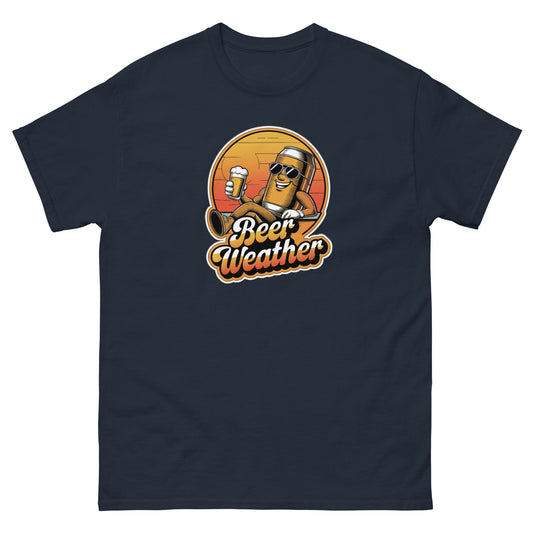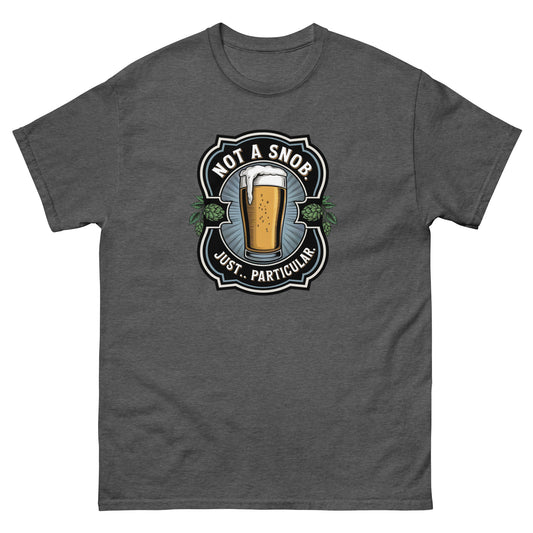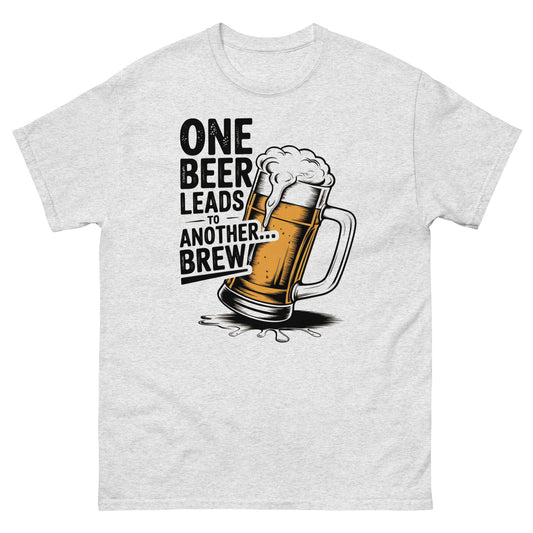What’s the Difference Between Ale and Lager? The Ultimate Beginner’s Guide
Share
The Battle of Brews: Ale vs Lager
Picture this. You’ve carefully set up your homebrew station. The air is thick with the sweet scent of malt, and anticipation bubbles up faster than a freshly tapped keg. But now comes a crucial decision—ale or lager? If you’re new to brewing, you might wonder what separates the two. Let's get that sorted once and for all.
What Makes Ale and Lager Different?
At first glance, ale and lager seem pretty similar. Both use grains, water, yeast, and hops. Both can be light or dark, malty or hoppy. Yet the real difference boils down to one key thing—yeast.
Fermentation Temperatures
Ales ferment at warmer temperatures, between 15-24°C. They use top-fermenting yeast, which rises to the surface during fermentation, creating complex flavours with fruity or spicy notes.
Lagers, on the other hand, ferment at colder temperatures, around 7-13°C, with bottom-fermenting yeast. This slow process brings out clean, crisp flavours that highlight the malt and hops.
Flavour Profiles
Ales often have bolder, richer flavours. They tend to be fruitier, spicier, or more robust, making them an excellent choice for those who enjoy beer with depth.
Lagers, like the  Coopers Original Lager, prioritise smoothness. This classic lager pours a pale golden colour with a light malt character and a crisp, refreshing finish. Served chilled, it delivers a clean taste that's perfect for easy drinking.
Coopers Original Lager, prioritise smoothness. This classic lager pours a pale golden colour with a light malt character and a crisp, refreshing finish. Served chilled, it delivers a clean taste that's perfect for easy drinking.
Appearance and Aroma
Ales can range from bright golden hues to deep amber or dark brown. Their aromas often carry fruit and spice notes, depending on the style.
Lagers sit on the lighter, clearer side of the spectrum, although darker varieties exist too. They tend to have a clean, subtle aroma, with hints of malt and restrained hops.
A Tale of Two Brews
Let’s make this choice real. Picture you're at a BBQ on a warm summer day. Something like Coopers Original Lager, served icy cold, is a crisp, refreshing match for grilled meats.
Now imagine a cooler evening where you want something a little bolder to sip. A traditional ale like  Coopers Original Real Ale combines a bright golden colour with a powerful head, a rich mix of fruit and malt on the nose, and a moderately bitter finish.
Coopers Original Real Ale combines a bright golden colour with a powerful head, a rich mix of fruit and malt on the nose, and a moderately bitter finish.
Which One Should You Brew?
Now that you know the difference, which beer is right for you?
- If you’re impatient or new to brewing: An ale is often the easier choice since it ferments quicker at room temperature and doesn’t require refrigeration during fermentation.
- If you love crisp, smooth beers: A lager like Coopers Original Lager might be perfect, although it requires temperature control.
- If deep flavours and bold aromas excite you: A full-bodied ale like Coopers Original Real Ale will deliver that classic malt richness and complexity.
Brew with Confidence
Whether you prefer an ale or a lager, brewing your beer gives you the satisfaction of creating something truly your own. Start with what excites your taste buds and experiment from there. Cheers to your brewing journey! 🍻

Stay Connected
Join our homebrewing community: Beer and Barrel Society on Facebook
Follow our Facebook Page: Strathalbyn H Hardware on Facebook








